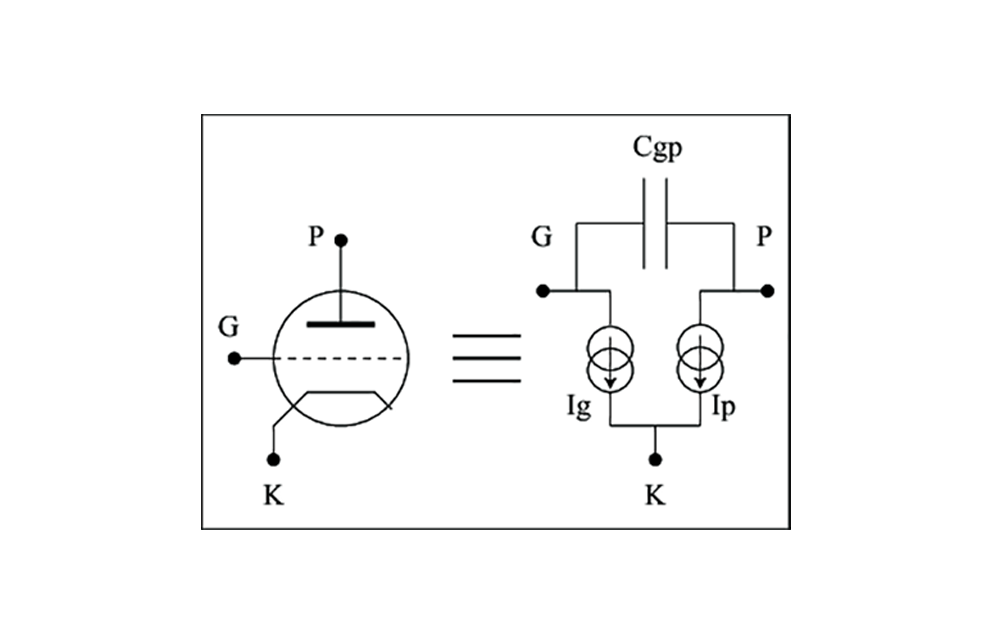2019–20
Title: Triode Variations
Instrumentation: Large ensemble
Year: 2019–20
Duration: 30 min.
Premiere: WDR Funkhaus 2022
Performers: MusikFabrik
In introducing his Variations for Orchestra (1931), Schoenberg remarked that “at some point there are limits to the power of the majority,” which was his justification for a “minority” position, a position where the act of listening must challenge the status quo. As a step in this decisively political direction, Schoenberg chose the “theme and variations” model to challenge a listener’s sense of variation and sameness, transition, cadence and any other habits of listening that have guaranteed a gratifying sense of cohesion and understanding in the listening experience. Part of this challenge lay in fundamentally questioning the idea of variation and the steps one needs to appreciate “difference” in listening: Schoenberg made radical use of the variation technique in composition through a de–hierarchization of a theme with large leaps to variations that seem quite distant from one another.
In my reworking of Schoenberg’s Variations for a large ensemble, I situate the complexity of the variations into the context of electronic triodes where the transmission of three simultaneous signals are made possible. I use the poem Triodes (1999) by poet J.H. Prynne to inform the metric, rhythmic and tempo structure of my piece through its syllabic structure and line breaks, as well as degrees of indentation on the written page. Such a transmission of three simultaneous signals (rhythm, meter, tempo) informs the capacitance of the music. Sudden changes in voltage are applied to small fragments (one or two measures) of Schoenberg’s original material so that electrical flow, resistance and interference appear at every level of the variational structure. The electronic circuit of a triode keeps Schoenberg’s music occasionally recognisable but also redirects and connects it to wider contexts that are quite remote.
The complexity of this circuit transmission situates the familiar world of Schoenberg’s music into gapingly uninsured and insecure places. I achieve this transmission by displacing musical expression through transcribed shapes and gestures – in this case, from Schoenberg’s Variations – onto a rhythmic grid that is unstable with a continually shifting and unpredictable meter and tempo. Against this grid, the transcribed materials can never find a central point for intentionally clear expressions and declamations (a stable “I”) to manifest, particularly since tempo is never consistent for more than one or two measures of music. Yet the idea of triodes as a meeting place for varying levels of voltage and interference also invokes, in my work, echoes of Gérard Grisey’s Quatre chants pour franchir le seuil suggesting that the short fragments of music are never enough to really go on, to spin a web of associations and construct an argument or point of view. At times it only offers a threshold between the idea of holding on at the place where the force of all these musical gestures cannot be discounted, but equally, where they cannot be fixed, settled upon and used for the immediacy of expression. With such a threshold, these gestures begin to undermine each other for the possibilities of a new form of musical expression in which the “speaking voice” is inherently complex and open to other forms of expression that challenge the dependence of lyricism on a humanist paradigm. This, after all, is the consequence of Schoenberg’s de–hierarchization of a theme to its variations. The idea of a perpetual “center” from which to claim home is continually undercut by a temporal structure that functions as a circuit diagram for subtle or brutal measures of control to be exercised at intermediate points in order to reduce or amplify power levels, generating a music that is, as Robin Purves notes, “politics by any other name.”
Link: www.wisemusicclassical.com/work/64701/Triode-Variations–Ming-Tsao/


